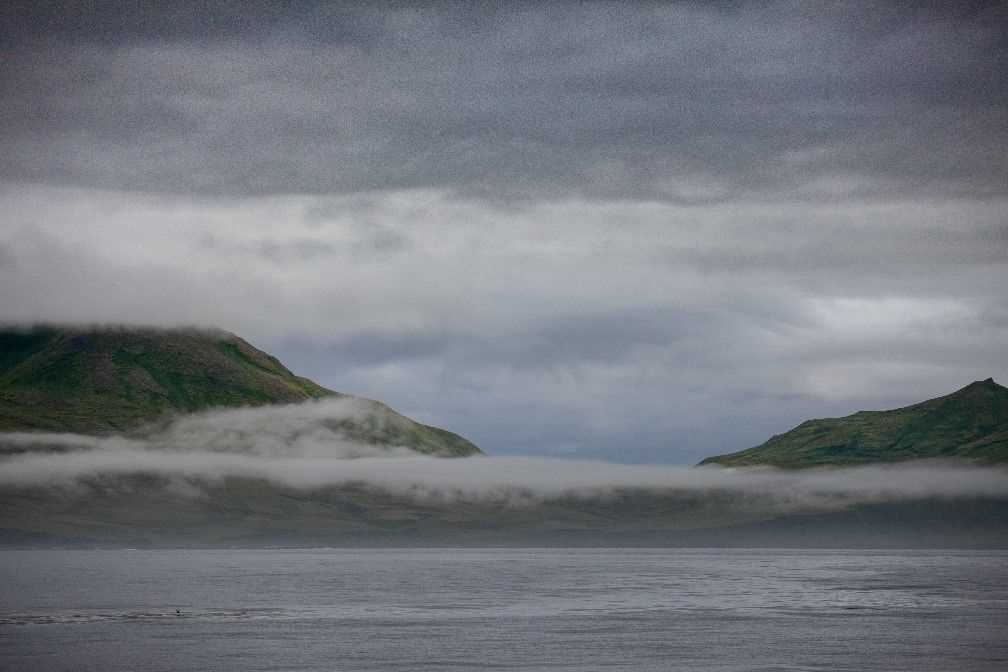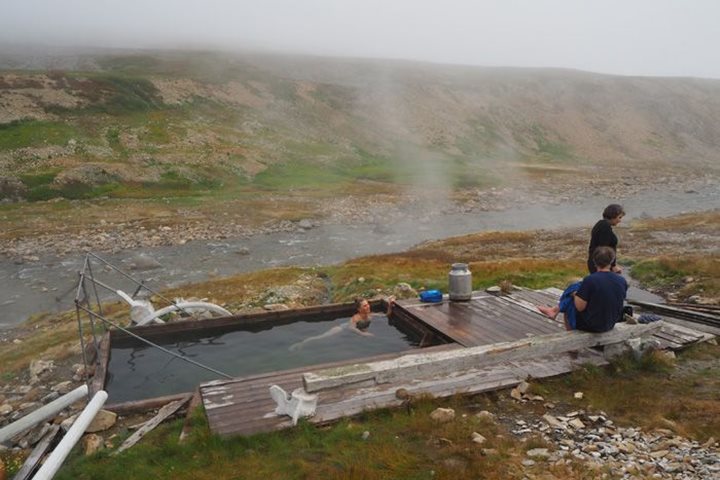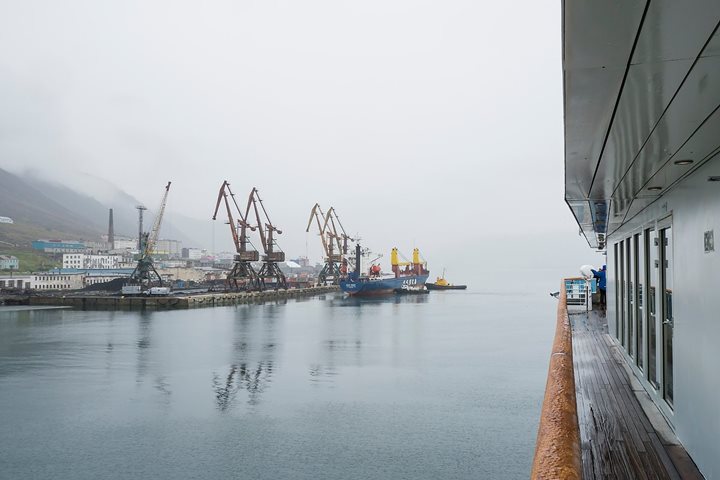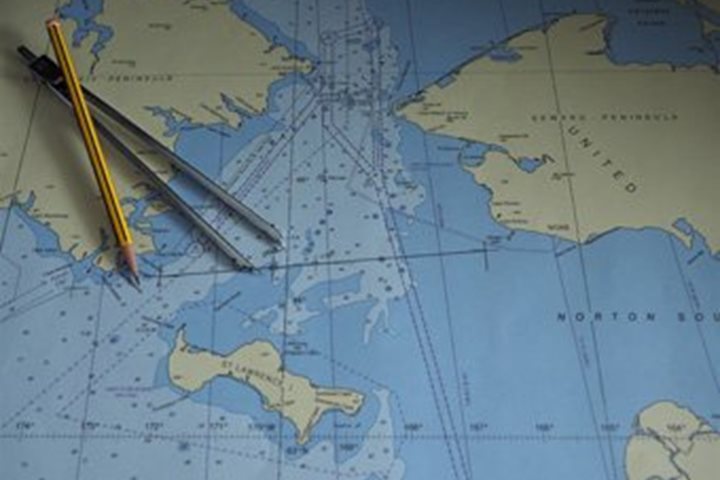National Geographic Orion sailed into the vicinity of the island of Attu early on Monday morning. After dropping folks off in the previously inhabited Chichagof Bay, she set anchor around the island’s other side of Massacre Bay.
Attu is a site with much history. During World War II, this westernmost Aleutian island was first occupied by the Japanese. Stationed in Chichagof Bay, they unsuccessfully attempted to hold their ground against the American fleet. Many of the Japanese, in their characteristic pride, self-sacrificed their lives in lieu of becoming prisoners of war. Since the bloody war ended, Attu has remained an American base for US military. A coast guard station inactive since 2010 sits high on a local hill. Though abandoned for nearly a decade, this post remained active for over 60 years.
Guests went ashore on this island to explore a variety of options. The long hikers undertook a serious endeavor, crossing a huge section of the island on a ten-mile strenuous hike. Moderate hikers took to the beach, searching the trail for rare birds and identifying wildflowers, while keeping a good pace. The birders found a rare sandpiper, while the slower hike got down low to identify local flowers.
Long-retired Naval Captain Neil O’Connor and his wife Jean have a very special connection to Attu. In 1948, the captain worked as a meteorologist at the coast guard station here on the island. Today, at 91, he was not only able to see Attu for the first time in 71 years, he could show this part of his past to his life partner. Together, they walked to the plaque dedicated to the wartime heroes of a century past. Captain O’Connor spoke about his time on Attu, reminiscent in an incomparably unique way. It was a special treat for anyone involved in today’s activities to witness the pair during such an important life event.
As the ship sailed from Attu, she heads west towards Russia. With the Aleutians behind us and so much more ahead, the journey to Kamchatka continues.









